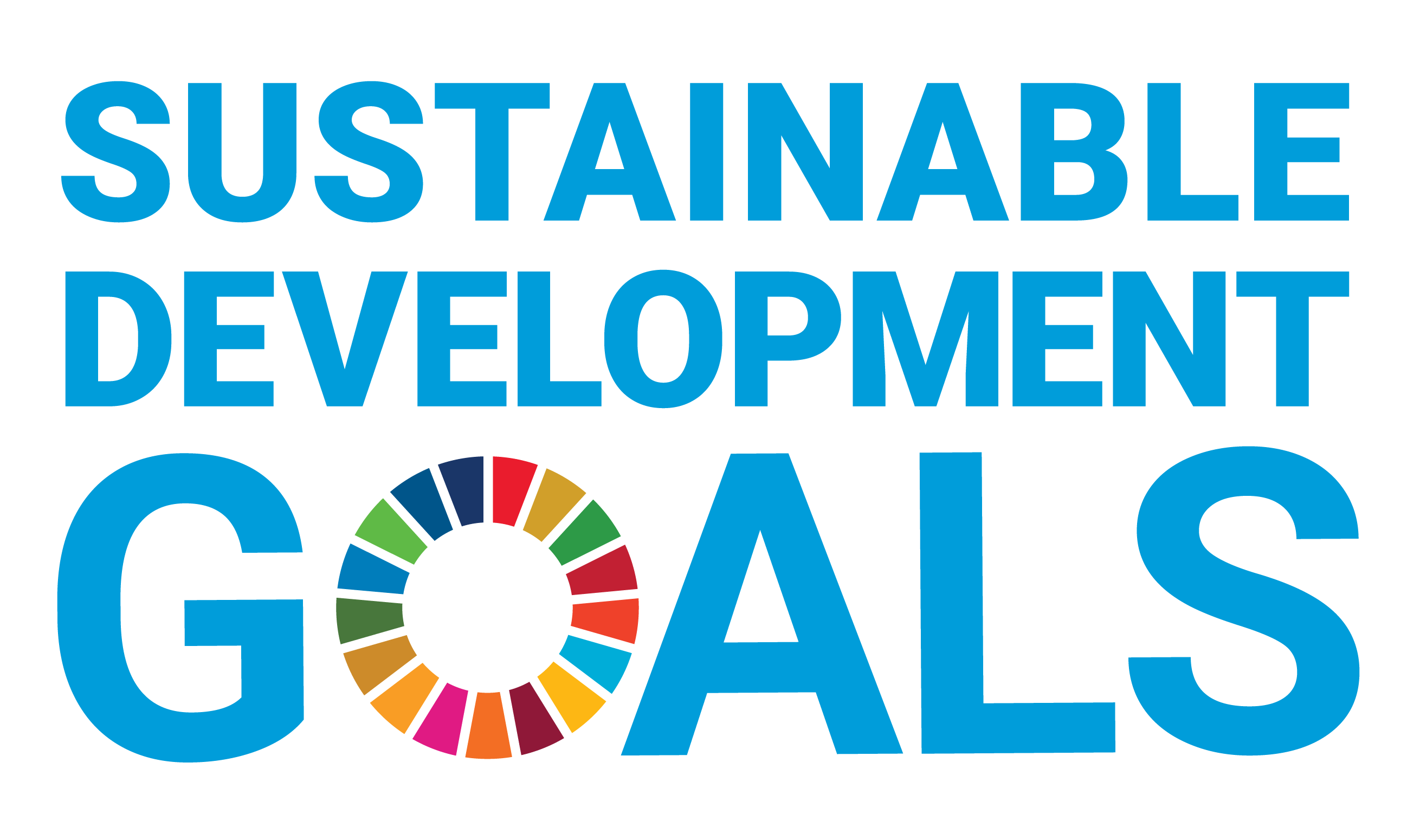Document Type
Article
Publication Date
6-27-2021
Abstract
This paper presents a comprehensive analysis of the effect of urbanization on the surface air temperature (SAT) from 1951 to 2018 in the Philippines. The daily minimum temperature (Tmin) and daily maximum temperature (Tmax) records from 34 meteorological stations were used to derive extreme temperature indices. These stations were then classified as urban or rural based on satellite night-lights. The results showed a significant difference in the SAT trends between urban and rural stations, indicative of the effect of urbanization in the country. Larger and more significant warming trends were observed in indices related to Tmin than those related to Tmax. In particular, the effects of urbanization were significant in the annual index series of Tmin, diurnal temperature range, minimum Tmin, percentage of days when Tmin was less than the 10th percentile (TN10p), percentage of days when Tmin was greater than 90th percentile (TN90p), and the number of coldest nights. The effects of urbanization were not as clear on the index series of maximum Tmax (TXx), minimum Tmax (TXn), percentage of days when Tmax was less than 10th percentile (TX10p), and the number of hottest days. The effects of urbanization on the annual series of extreme temperature indices were statistically significant at the 95% confidence level, with the exception of Tmax, TXn, TXx, TX10p, and the number of hottest days. Further analysis revealed that the effect of urbanization was the greatest during the DJF (December–January–February) season. These findings serve as a baseline study that focuses on the countrywide effect of urbanization on SAT trends in the Philippines.
Recommended Citation
Manalo, J. A., Matsumoto, J., Takahashi, H. G., Villafuerte, M. Q., Olaguera, L. M. P., Ren, G., & Cinco, T. A. (2021). The effect of urbanization on temperature indices in the Philippines. International Journal of Climatology, 42(2), 850–867. https://doi.org/10.1002/joc.7276



